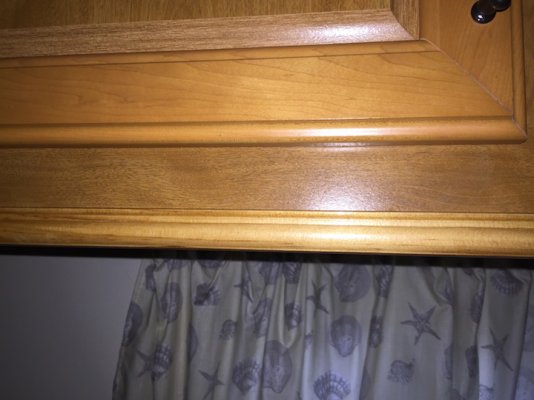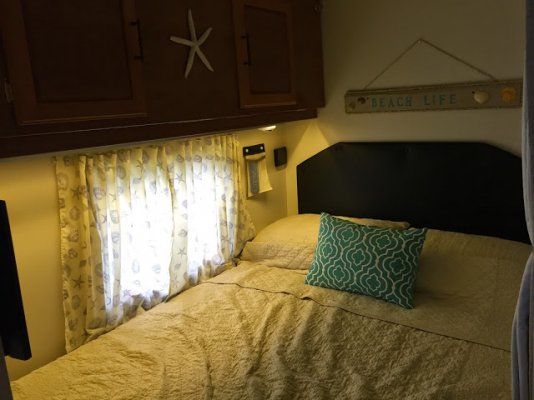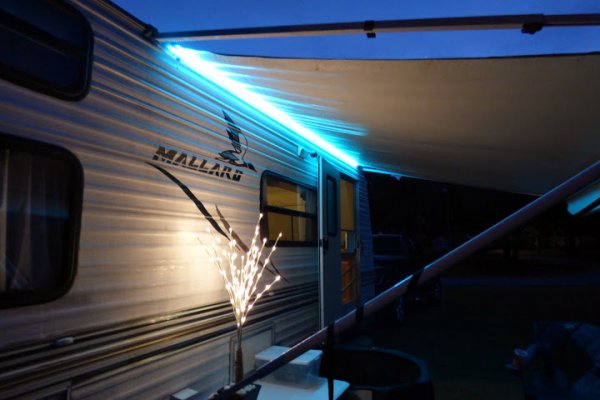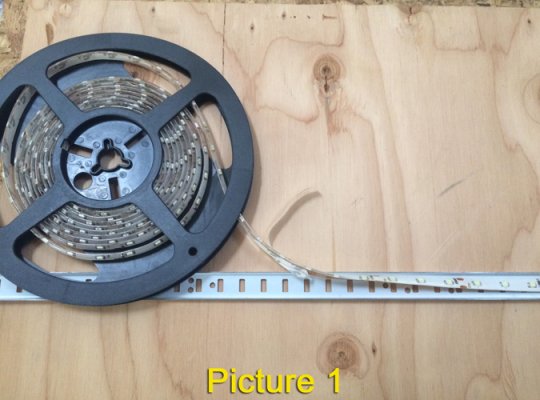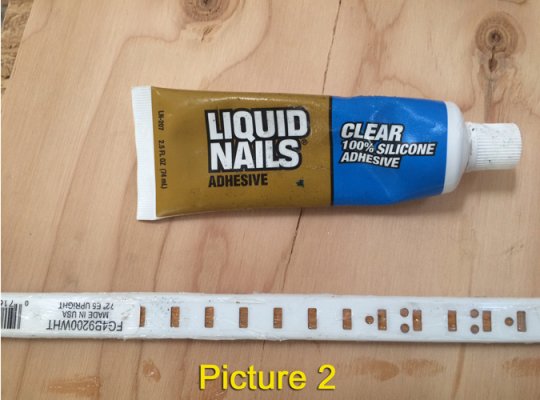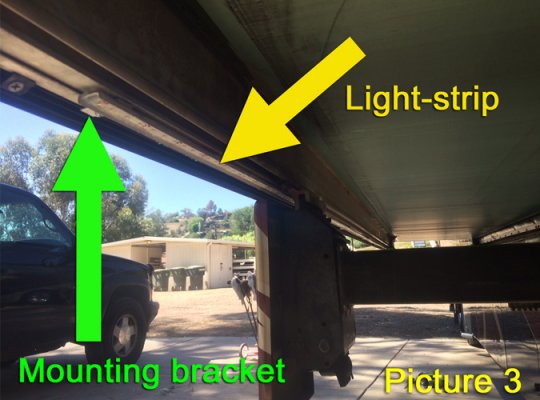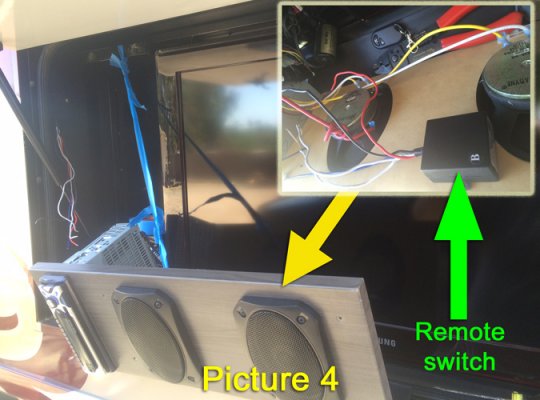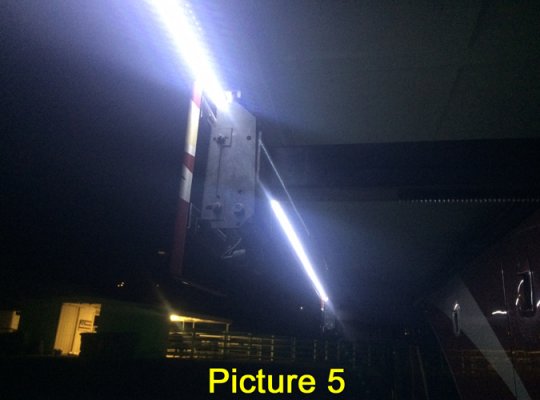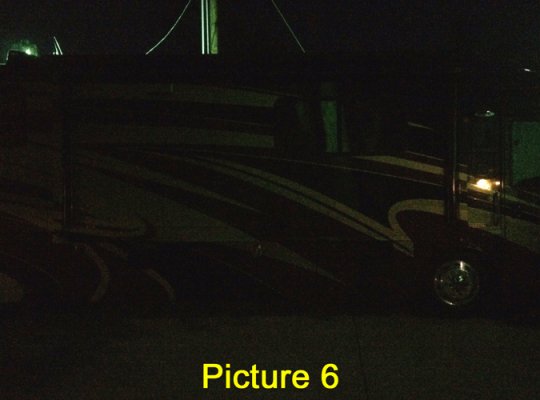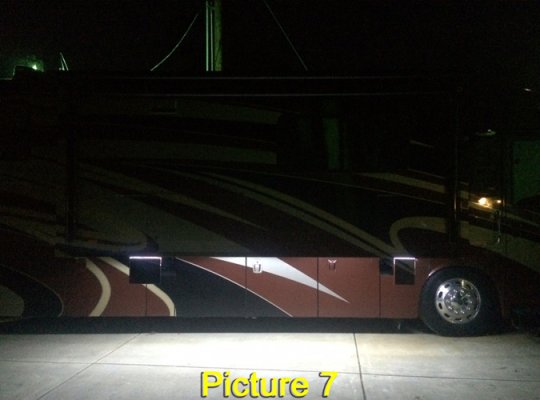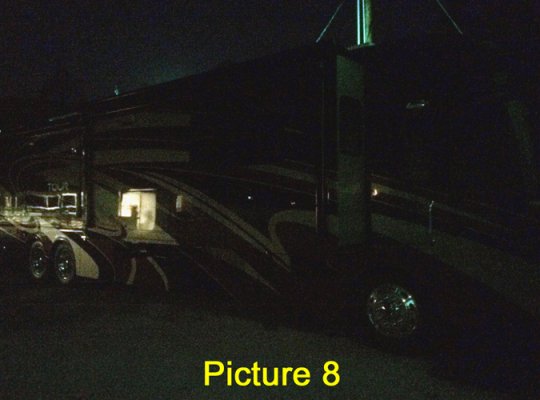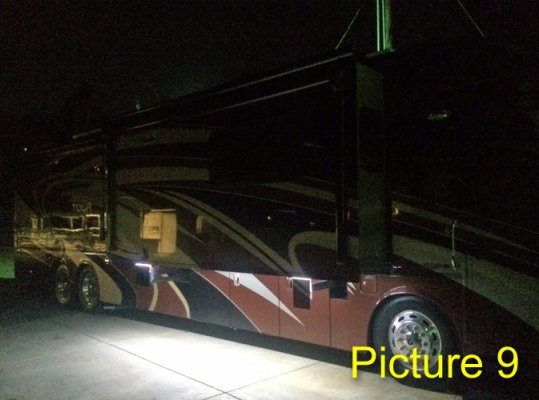desertfox06
Member
Lou Schneider said:Light strips are unregulated, which means they need 12 volts, not the 13.5-14 volts the RV converter supplies when you're plugged into power.
I'd use something like this to feed the strip. It's called a dimmer, but it's actually a combination dimmer and regulator. Inside is a full electronic regulator board that can take anywhere from 12-24 volts while putting out LED safe voltage.
The wifi controller does the same thing, so you don't need both.
Lou, the light strips we are all using here already come with a 12 volt controller.

